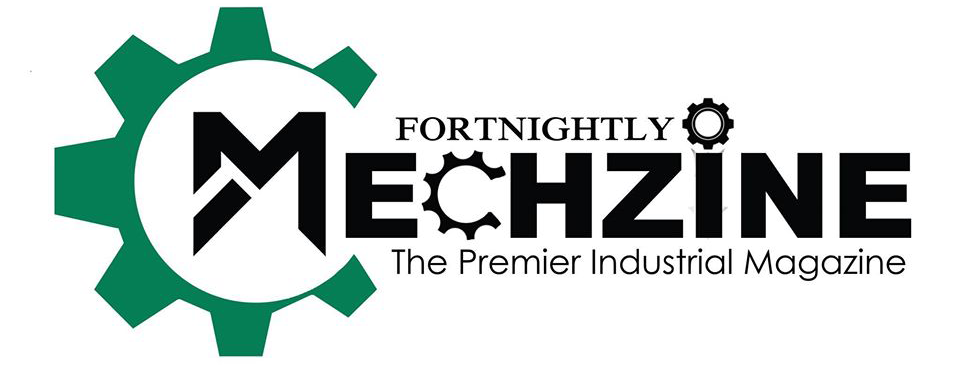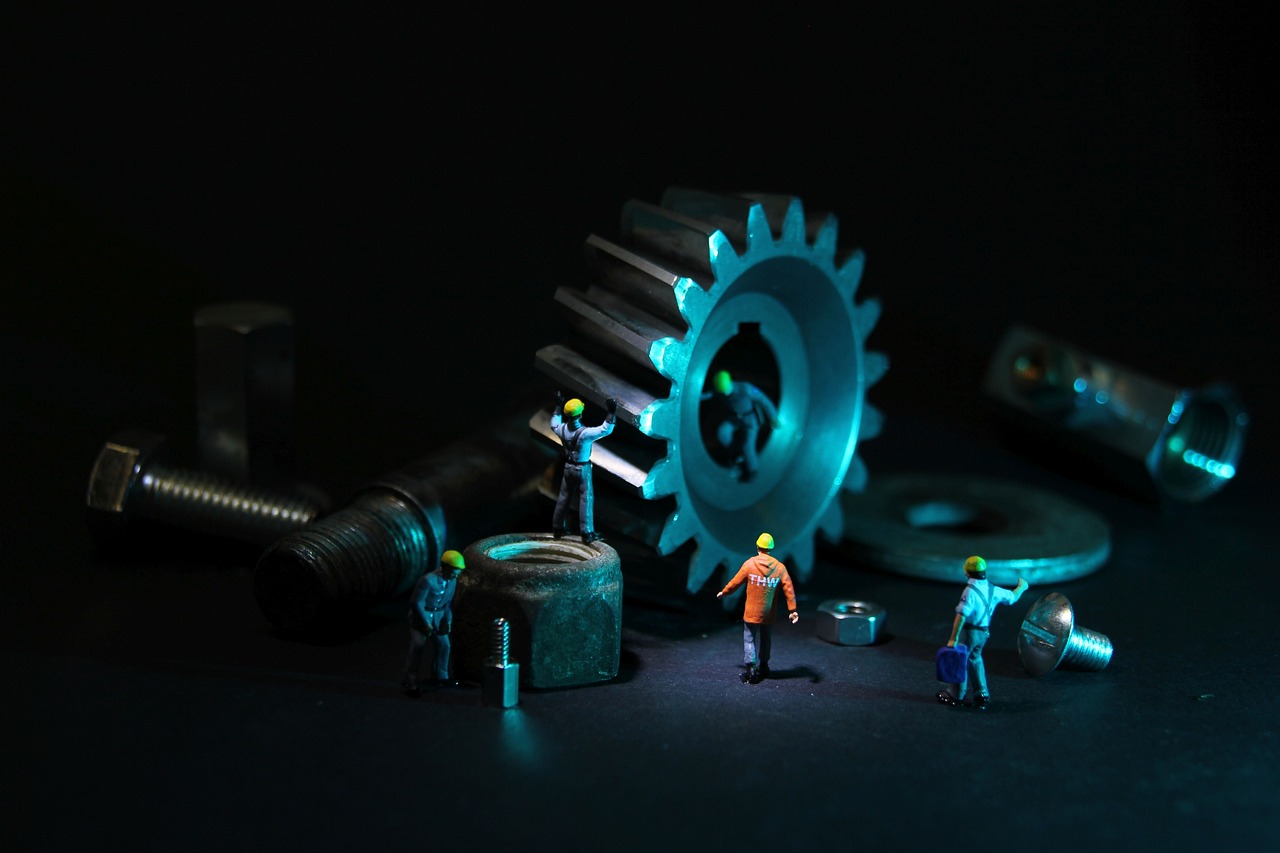In today’s fast-evolving industrial landscape, Artificial Intelligence (AI) is at the forefront of this transformation, particularly in the realm of predictive maintenance. By harnessing AI and machine learning algorithms, industries can predict equipment failures before they happen, helping them avoid costly breakdowns and extend the lifespan of their machinery. This game-changing technology is reshaping maintenance strategies and driving the future of smart, connected factories.
What is Predictive Maintenance?
Predictive maintenance (PdM) is a maintenance strategy that uses data analysis, sensors, and AI to monitor the condition of equipment in real-time and predict when maintenance should be performed. This approach contrasts with traditional maintenance methods such as reactive maintenance (fixing equipment after it fails) and preventive maintenance (performing maintenance at regular intervals, regardless of equipment condition).
PdM allows businesses to optimize maintenance schedules based on the actual condition of machinery, reducing unnecessary repairs and avoiding unexpected equipment failures.
The Role of AI in Predictive Maintenance
While predictive maintenance has been around for years, AI takes it to a new level by processing vast amounts of data at lightning speed, identifying patterns, and making accurate predictions about equipment health. AI-driven predictive maintenance systems use data from a variety of sources—such as sensors, operational logs, and historical maintenance records—to predict failures with a high degree of accuracy.
Real-Time Monitoring and Data Collection
Modern industrial equipment is equipped with a wide array of sensors that collect real-time data on vibration, temperature, pressure, and other variables. These sensors feed data into AI algorithms that analyze the equipment’s operational health. AI systems can continuously monitor equipment and identify anomalies or patterns that indicate potential issues, well before they become critical.
Machine Learning for Pattern Recognition
AI uses machine learning to identify complex patterns in historical and real-time data. By learning from past failures and maintenance events, AI can detect early warning signs that humans might miss. This enables a proactive approach to maintenance, where the AI learns the behavior of each machine and predicts its maintenance needs with increasing precision over time.
Advanced Analytics and Failure Prediction
AI algorithms can handle large datasets and correlate multiple factors that contribute to equipment failure. These factors include wear and tear, environmental conditions, machine usage patterns, and component aging. Advanced analytics not only predict when a machine is likely to fail but can also provide insights into the root causes of failure, helping maintenance teams address underlying issues.
Automating Maintenance Scheduling
Once AI detects a potential issue, it can automatically recommend or schedule maintenance at the most convenient time, ensuring that the equipment is serviced before it breaks down. This eliminates guesswork and reduces reliance on human intuition, making the entire maintenance process more efficient and reliable.
Reducing Downtime and Costs
AI-powered predictive maintenance significantly reduces unscheduled downtime, which can be a major drain on productivity and revenue. By avoiding catastrophic failures, industries can keep their machines running longer and more efficiently. Additionally, PdM reduces the need for spare parts and lowers maintenance costs by targeting only the equipment that truly needs attention.
Benefits of AI-Powered Predictive Maintenance
Minimizing Unplanned Downtime
One of the biggest advantages of predictive maintenance is its ability to minimize unexpected downtime. AI can predict the exact moment when a machine will likely fail, allowing operators to fix the issue before it disrupts production. This helps maintain continuous operations and ensures that companies avoid the costly consequences of sudden equipment failure.
Extending Equipment Lifespan
AI’s predictive capabilities help organizations avoid over-maintaining or under-maintaining their assets. By performing maintenance only when necessary, AI extends the lifespan of machinery and reduces wear and tear caused by unnecessary interventions.
Optimizing Maintenance Resources
Predictive maintenance enables companies to allocate resources more efficiently. With AI identifying which machines require attention and when, maintenance teams can focus their efforts on high-priority tasks. This reduces the workload for technicians, decreases overall maintenance costs, and prevents unnecessary downtime.
Data-Driven Decision Making
AI provides insights based on data, allowing companies to make informed decisions about equipment maintenance and capital investments. Over time, AI-powered systems create a data-driven maintenance culture, where decisions are backed by real-time and historical data rather than assumptions or arbitrary schedules.
Enhancing Worker Safety
AI can also improve safety by identifying hazardous conditions before they lead to accidents. For example, in industries like oil and gas or mining, early detection of equipment issues can prevent dangerous failures that could jeopardize worker safety.
AI and Industry 4.0: A Seamless Fit
The integration of AI into predictive maintenance fits perfectly within the framework of Industry 4.0—the ongoing automation and digitization of the manufacturing and industrial sectors. AI-driven predictive maintenance is a key component of smart factories, where machines communicate with each other and make decisions autonomously.
In an Industry 4.0 environment, AI works alongside other emerging technologies such as the Internet of Things (IoT), big data analytics, cloud computing, and robotics. IoT sensors collect the data, AI processes it, and advanced analytics platforms turn it into actionable insights. The result is a fully connected, automated system that keeps factories running efficiently and smoothly.
Real-World Applications of AI-Powered Predictive Maintenance
Manufacturing
In manufacturing, machine downtime can have a cascading effect, causing delays in production and order fulfillment. AI-driven predictive maintenance helps manufacturers avoid these disruptions by ensuring that machinery runs smoothly and efficiently. It also optimizes production schedules by aligning maintenance activities with operational needs.
Energy Sector
The energy industry relies on expensive, complex equipment, from wind turbines to oil rigs. AI-based predictive maintenance systems monitor these assets in real time, detecting early signs of wear and enabling companies to perform maintenance before critical failures occur. This improves energy output and reduces operational risks.
Transportation
For industries that rely on fleets of vehicles—such as logistics and aviation—predictive maintenance plays a crucial role in keeping vehicles safe and operational. AI can monitor engine performance, fuel efficiency, and mechanical systems, predicting when maintenance is needed to prevent breakdowns or safety issues.
Utilities
In utilities, AI can help monitor infrastructure like power grids, pipelines, and water systems. By predicting failures, utilities can prevent blackouts, leaks, or other disruptions in service, ensuring that essential services remain uninterrupted.
Overcoming Challenges in AI-Powered Predictive Maintenance
While AI-powered predictive maintenance offers numerous benefits, some challenges must be addressed for widespread adoption. These include:
- Data Quality: AI systems rely on accurate, high-quality data for effective predictions. Poor data quality or insufficient historical data can hinder the performance of AI algorithms.
- Cost of Implementation: Setting up predictive maintenance systems can be expensive, especially for smaller companies. It requires investments in sensors, software, and AI expertise.
- Integration with Existing Systems: Many industries still use legacy equipment that may not be easily integrated with modern predictive maintenance systems. Upgrading or retrofitting these machines can be a complex and costly process.
The Future of AI in Predictive Maintenance
As AI technology continues to evolve, we can expect even more sophisticated predictive maintenance solutions. In the future, AI systems will become better at predicting failures even in complex, multi-component machinery. They will also incorporate more data sources—such as environmental conditions and operator behavior—into their predictions.
In addition, advances in edge computing will allow AI-powered predictive maintenance to be conducted directly on the factory floor, reducing latency and increasing the speed of decision-making. Cloud-based AI systems will also enable global monitoring of equipment fleets, providing a unified view of machine health across multiple locations.
Finally, AI-powered predictive maintenance is revolutionizing industries by helping them avoid unexpected downtime, optimize maintenance schedules, and enhance operational efficiency. As part of the broader Industry 4.0 movement, AI-driven predictive maintenance will continue to transform the way industries manage their assets, making production smarter, more resilient, and more cost-effective.

